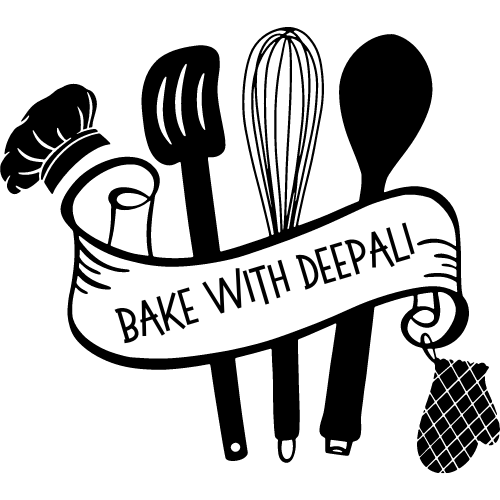Navratri Season has rolled out with its full glory. While it signifies celebration and galore, it also marks the beginning of fasting days. This is actually the beginning of the nine-day festival devoted to goddess Durga. People fast for seven to nine days and refrain from eating daily food items. During Navratri, it is advised to avoid the Rajasic and Taamasic foods as they symbolize worldly desires and only Satvik food is allowed.
Navratri also has a scientific relevance. It is said that since Navratri is held twice a year (once in summer and once in autumn); during this time our body has weak immunity due to seasonal changes. If we eat light meals which are also nutritious in nature, we can help our body stay away from the various ailments. Therefore, eating heavy foods can harm our immunity. Fasting is a process which cleans our system inside out and therefore should be taken seriously. Some people along with celebrating Navratri indulge in heavy food too. However, do keep the following rules in mind if you wish to opt for the fasting.
- Gorging on high fat, sugary foods is a regular practise during the navrtaras. But in reality, the traditional ingredients used during this period are quite healthy and wholesome. They include some essential nutrients which protect us from diseases. And this actually, is the purpose of the festival, which strengthen us from within.
- Amaranth is the best protein source. We can have amaranth porridge with milk or cook it as namkeen Dalia with lots of vegetables.
- Kuttu which is a brilliant combination of carbohydrates (70-75%) and protein (20-25%) can be used to make chapatti instead of gorging on puris.
- Samak ricewhich are extremely easy to digest can be consumed in any kind of quantity.
- Dry fruits and nuts add a boost to the nutritional value of the day’s food, while fresh fruits and vegetables provide vitamins and minerals to keep you energized.
- Drink a lot of water and keep yourself hydrated. You can have coconut water, lemon water, green tea and buttermilk.
- Sugar cravings can be pacified by having fruit raita, dates, figs, or samak rice kheer.
- Try to make a namkeen at home with Makhna and mixed nuts, instead of having from namkeen packets available in the market.
- Instead of sugar, use jaggery.
- Instead of deep frying the vegetables, try to bake or roast them. Avoid pooris and have roti.
Our body relies on a natural detox process which takes care of most of the seasonal ailments. All we need to do is to maintain this natural balance by having seasonal fresh food. Fasting is a way to give our body a break from the regular routine, help it pause and renew. So Detox this Navratri and get the body ready for a season of indulgences and partying!
The Well Balanced Fasting Diet
Early Morning:
- Almonds & Walnut Soaked N Peeled and Coconut water or Ginger green Tea with Honey
Breakfast options (choose any one)
- Banana Shake/ Banana Smoothie
- Singhara Cheela & Banana
- Kuttu Ki Roti & Cucumber Raita
- Kuttu Singhara ka Paratha& any raita
- Roasted Makhane & Fruit Lassi
Mid-morning options:
Ginger green Tea & Dates fresh
Lunch options (choose any one):
- Kuttu Ki Roti& Kaddu Ki Subzi & Salad
- Kuttu Ki Roti& Paneer Tamatar Ki subzi &Salad
- Samak Pulao& Lauki Raita & Salad
- Samak Ki Khichri& Raita & Salad
Post Lunch:
Green Tea
Evening:
Green tea with roasted Makhana & dry fruit namkeen (homemade)
Dinner Options: (choose any one)
- Mixed Fruit Salad
- Samak Rice& Mixed Fruits and Vegetable Raita
- Samak Pulao & Chaas
- Samak ki kheer & Fruit & vegetable chat
- Kuttu ki roti & Aloo Paneer Subzi & Salad
Disclaimer:
I am not a health expert or I am not forcing you to have these foods. It’s just my suggestion as per what I have been eating with the advice of my friends who are dietitians.



